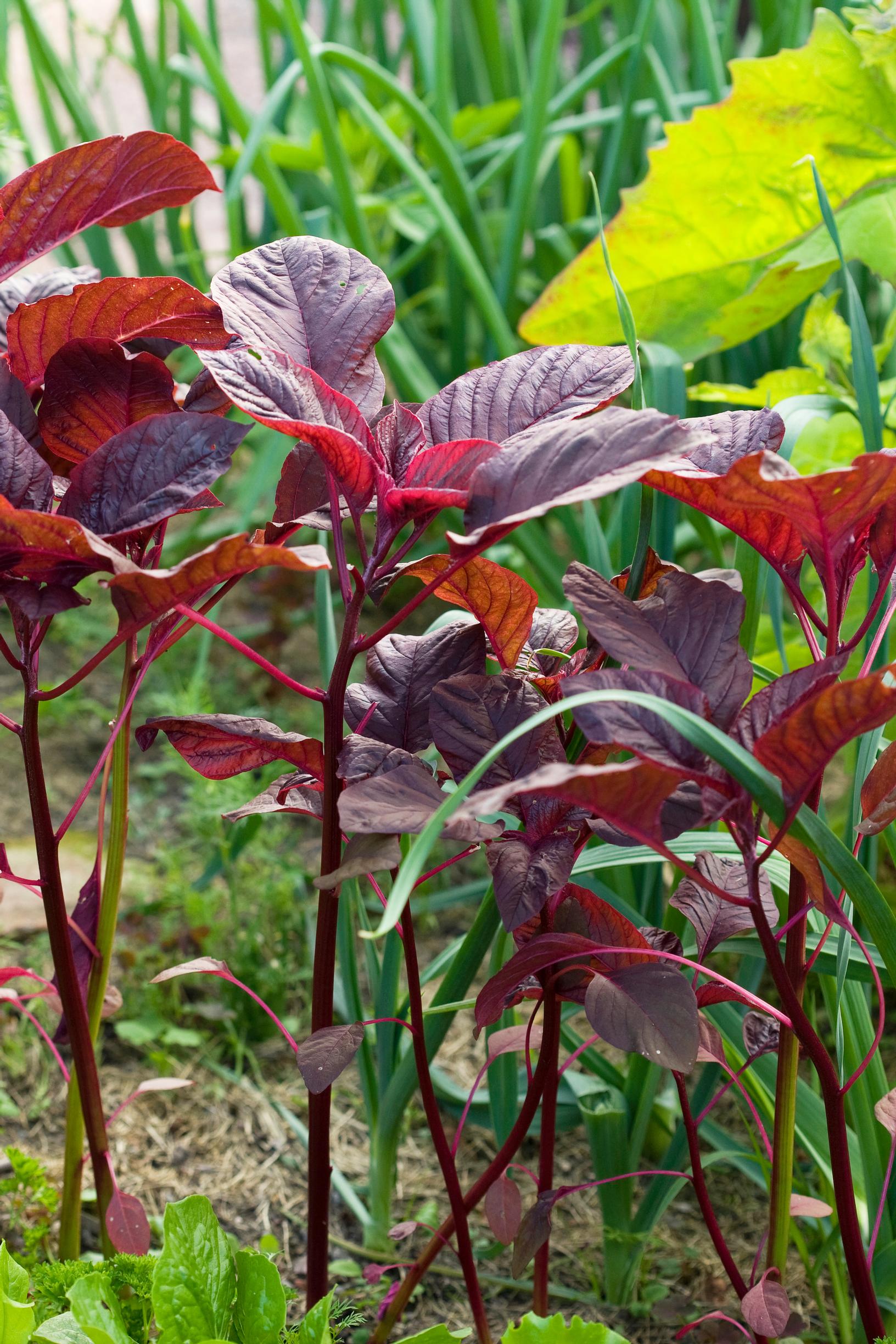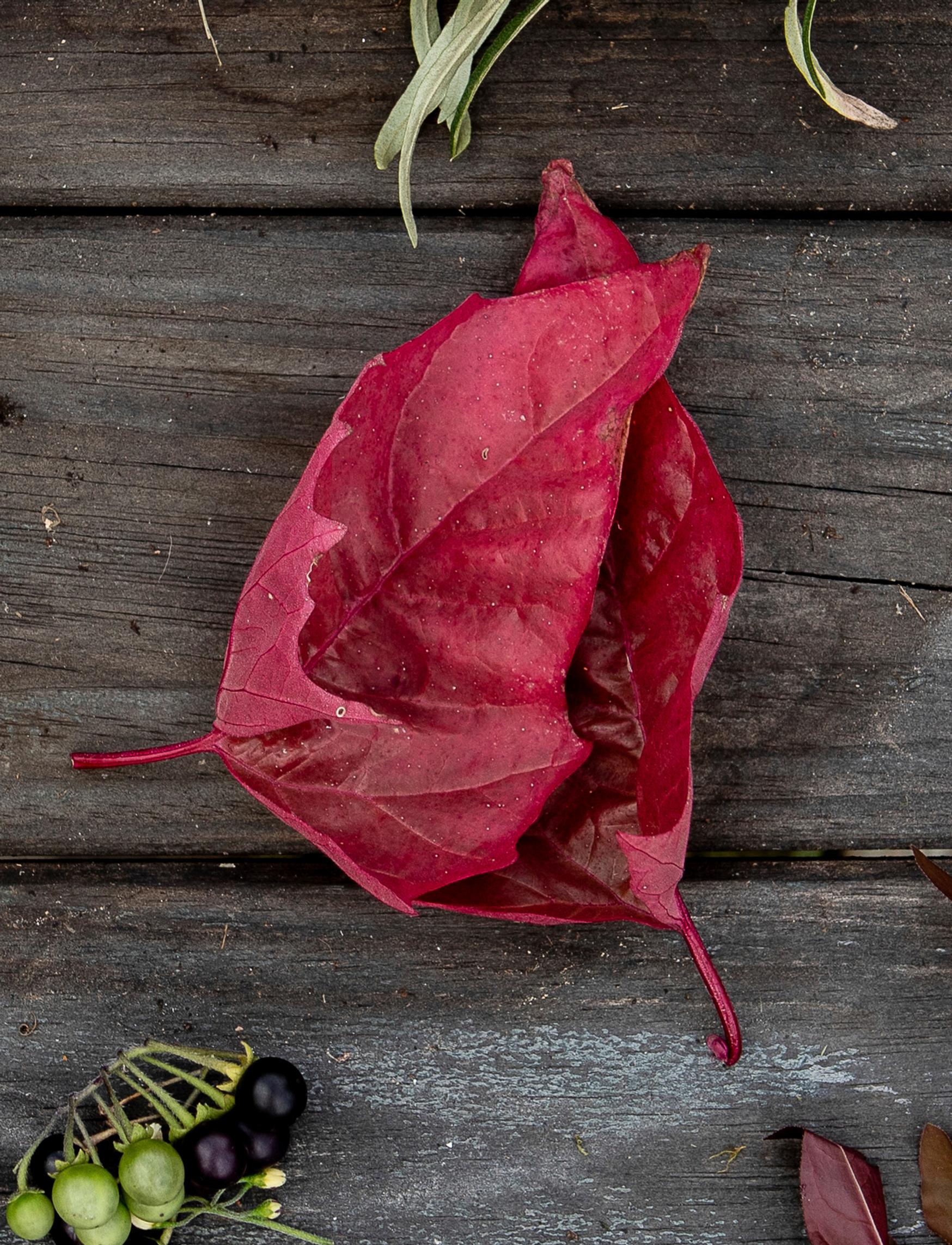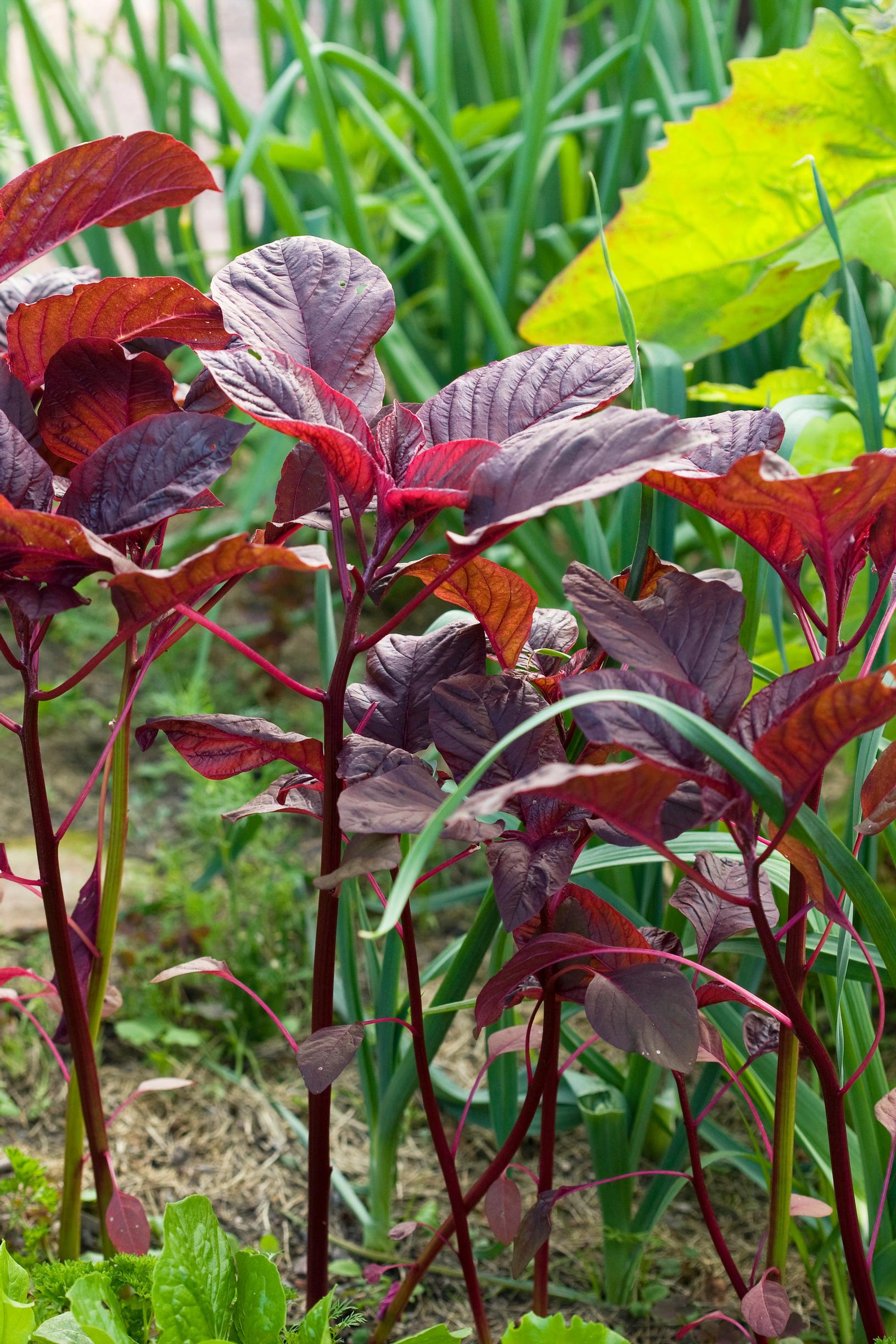
Garden orache: the spinach-like leaf that’s easy to grow
Garden orache is fast-growing, cold-hardy, and it self-seeds easily. Grown much like spinach for its leafy greens, it’s also suitable as an ornamental plant and can be used for cut or dried flowers or for dyeing. In addition to spring, garden orache can also be sown in autumn and winter.
Garden orache: sowing
You can sow seeds in spring or autumn—often considered the best time to sow garden orache. For an autumn sowing, a raised bed and well-draining soil are essential. A third option is winter sowing, where you scatter seeds in a bed or growing box from February to April.
Grow an early harvest much like you would spinach. Sowing seeds in multiple batches yields a steady supply of leaves over the summer.
Growing location and soil
Choose a bright spot. One of the best garden orache growing tips is to provide a sunny location with moisture-retentive, fairly nutrient-rich soil. Garden orache is resilient, fast-growing, and easy to maintain, but it produces its best-tasting crop in these conditions.
Garden orache needs plenty of space to develop multiple branches and striking flower clusters. Aim for rows spaced at least 40 centimeters apart, and leave about 50 centimeters between individual plants. If seedlings are crowded, thin them out by harvesting some of the young plants.
Watering, fertilizing, and staking
Water regularly and provide extra fertilizer. Drought diminishes the leaves’ flavor and speeds up flowering. Once it blooms, the plant is nearly inedible, and the leaves can taste woody or even bitter. This tall plant also benefits from staking because it produces heavy seed heads.

Pruning
Pick individual leaves from the plants or cut young seedlings a few centimeters above the ground to begin harvesting garden orache leaves early in the season. It’s best to cut when the plants have fewer than 10 leaves, as the shoots are tastiest at this stage. Cutting also slows the start of flowering.
Untopped plants produce the most striking flower clusters, while cutting the tips makes orache grow numerous smaller clusters.
Harvest
Use the smallest leaves in salads, as they’re the most flavorful. The shoots and fully grown leaves are delicious in stews and soups, or briefly blanched for a side dish.
Collecting and storing seeds
Remove at least some of the flower clusters to limit rampant self-seeding. You can also save seeds for future sowings or scatter them wherever you’d like new plants to grow. These small, dark brown seeds stay viable for around four years.

Garden orache varieties
- “Ängelholm”: A Finnish heritage strain with large leaves that can grow up to 2.5 meters tall. Some seedlings feature reddish brown foliage.
- ‘Green Plume’: Known for its lovely bright green leaves and seed heads, it grows to about 1.5 meters.
- ‘Red Plume’: A vibrant red variety, about 1.5 meters tall, that also works well as a dried flower. Seeds are sometimes sold in a mix with ‘Green Plume’.
- ‘Red Flash’, ‘Ruby Red’ ja ‘Rubra’: The most commonly sold red-leafed varieties, usually growing from half a meter to a meter tall.


